
Light Bulbs: What are Full Spectrum and Natural Daylight bulbs?
Search
Main Article: Choosing the Right Light Bulb: Everything you Need to know
Understanding Full Spectrum Light Bulbs
Light sources that closely resemble natural sunlight is essential for our well-being. This has given rise to full spectrum light bulbs. These innovative bulbs do more than just illuminate our spaces; they offer a multitude of benefits that enhance our health, mood, and productivity.
The Nature of Sunlight and Its Spectrum
Sunlight is a powerful and complex natural phenomenon. It comprises a spectrum of electromagnetic radiation, with visible light making up only a small portion of this spectrum. By "spectrum" we mean, there are many individual colors of light at different frequencies, all shining at once, and combined together they produce a "natural" white-ish light. This is because white light is actually made up of all the colors in the rainbow.
Visible light, which ranges from approximately 400 to 700 nanometers, is what our eyes can perceive. Within this range, light can be divided into different colors: violet, blue, green, yellow, orange, and red. Each color corresponds to a specific wavelength, with violet having the shortest wavelength (around 400 nm) and red the longest (around 700 nm).
Sunlight is often described as “white” light, but in reality, it is made up of these colors blended together in different proportions. When sunlight passes through a prism for example, it separates into a spectrum, showing its diverse range of wavelengths. This phenomenon demonstrates that light is not a single thing but a combination of various colors that interact with our surroundings in unique ways.
The presence of these multiple colors is crucial for various natural processes, including photosynthesis in plants and the regulation of our biological clocks. For example plants especially respond to green and red light wavelengths, while marine invertebrates thrive on blue light wavelengths.
White light, or sunlight, is essentially the sum of all these colors. When combined, they produce the effect of white light that we experience during the day. This blending of colors not only enriches our visual experience but also highlights the importance of each wavelength in influencing our health and environment. Not all wavelengths are of the same strength, but a wide range of them are present as a "full" spectrum.

In the above image you can see a comparison of the light spectrums of sunlight and various types of light bulbs. Each graph shows all of the frequencies of light within the light source, ranging from red to purple. The height of a given frequency color tells you how much light there is of that color.
You can see that sunlight contains a wife spectrum of colors at significant strength. You can also see that the incandescent bulb is heavily biased towards the red/yellow end of the spectrum. It lacks greens and blues, so tends to make everything "warmer" looking or more yellowish. By comparison, you can also see that LED bulbs have a generally "fuller" spectrum including stronger greens and blues, which means they have a higher color-rendering index (CRI) and most colors will show up looking more natural. The closer the spectrum is to emulating that of sunlight the more "full spectrum" or natural it is.
How Light Bulbs Emulate Natural Sunlight
Artificial light sources, such as incandescent, fluorescent, and LED bulbs, have varying abilities to mimic the full spectrum of natural sunlight. Manufacturers have developed full spectrum bulbs specifically designed to replicate the qualities of natural light.
- Incandescent Bulbs: These traditional bulbs produce light by heating a filament. While they emit a warm, pleasant light, they do not cover the full spectrum well and are less energy-efficient. Most of the light is in the yellowish frequencies.
- Fluorescent Bulbs: These bulbs are more energy-efficient than incandescent bulbs and have evolved to include options that effectively emulate sunlight. Full spectrum fluorescent bulbs are designed to provide a balanced range of wavelengths that closely resemble natural daylight, making them suitable for various applications, including art studios and plant growth.
- LED Bulbs: Light Emitting Diodes are becoming increasingly popular due to their efficiency and longevity. Full spectrum LED bulbs are designed to provide a broader range of wavelengths, closely mimicking sunlight. Remember that to be full spectrum a bulb must output a wide range of color wavelengths, so likely will look "whiter".
In terms of color temperature, natural sunlight varies throughout the day, typically ranging from around 5000K to 6500K. Light bulbs that fall within this range are best at emulating daylight, providing a bright and balanced illumination that resembles the qualities of natural light. Choosing bulbs within this color temperature range can enhance mood and productivity, making environments feel more vibrant and natural.
Names for Full Spectrum Light Bulbs
Full spectrum bulbs may be referred to by various terms, including:
- Daylight Bulbs: Often used interchangeably with full spectrum, these bulbs simulate the color temperature and brightness of natural daylight.
- Natural Light Bulbs: Emphasizing the bulb’s ability to replicate the quality of natural light.
- Broad Spectrum Bulbs: Indicating a wide range of wavelengths emitted, but not necessarily full spectrum.
- Note: Bulbs may claim to be a natural or full spectrum but may not actually emulate the spectrum of sunlight very well, and this is sometimes used as a marketing gimmick. So it's best to check for clues as to a more authentic natural output if possible, such as looking at the spectral graph for the bulb and for some description of how it emulates sunlight.
Fluorescent and LED Technologies
Both fluorescent and LED technologies have made significant advancements in producing full spectrum light.
- Fluorescent Bulbs: Modern fluorescent bulbs can be manufactured to emit a balanced spectrum that closely resembles natural sunlight. These full spectrum fluorescent bulbs use a combination of phosphors that convert ultraviolet light into visible light, allowing them to cover a broader range of wavelengths. This capability makes them suitable for various applications, including plant growth and enhancing indoor environments.
- LED Bulbs: Light Emitting Diodes have revolutionized the lighting industry with their energy efficiency and versatility. Full spectrum LED bulbs are designed to emit a wide range of wavelengths that mimic natural sunlight. Manufacturers achieve this by using a combination of different colored LEDs, enabling the creation of a balanced light output. Full spectrum LEDs are increasingly popular for both residential and commercial use, providing the benefits of natural light without the drawbacks of heat generation associated with other bulb types.
Understanding these terms is crucial when selecting lighting for specific needs, whether for general illumination or targeted therapeutic purposes. Always check for specifications, including high CRI and a comprehensive wavelength distribution, to ensure you are getting a reasonably full spectrum light source.
Note that no light bulb completely matches the spectral range of natural sunlight, and may be missing some frequencies, or may have them in different strengths.
Benefits and Uses of Full Spectrum Light Bulbs
Full spectrum light bulbs offer numerous benefits, including:
1. Enhanced Mood and Productivity
Research indicates that exposure to full spectrum light can positively influence mood and productivity. Sunlight is known to boost serotonin levels, a neurotransmitter linked to feelings of well-being. Using full spectrum lighting in workspaces or homes can enhance focus and creativity.
2. Support for Plant Growth
In horticulture, full spectrum lighting is crucial for plant growth. These bulbs provide the necessary wavelengths for photosynthesis, promoting healthy development in indoor gardens and greenhouses, planted aquariums and more.
3. Improved Visual Comfort
Full spectrum light reduces glare and provides more natural color rendering, significantly enhancing visual comfort. This is especially important for activities that require sustained focus, such as reading, studying, or working on detailed tasks. Standard artificial lighting can create harsh reflections and uneven illumination, leading to eye strain and fatigue.
In contrast, full spectrum lighting offers a more balanced distribution of light that mimics natural daylight, allowing the eyes to perceive text and images with greater clarity. When reading under full spectrum light, the improved contrast can make letters and images stand out more distinctly, making for easier comprehension and reducing the likelihood of mistakes. The even light quality minimizes harsh shadows and glare, which can be distracting and uncomfortable.
This reduction in glare is particularly beneficial for individuals using screens or reading materials that might reflect light, as it allows for a more comfortable viewing experience. It can also help those who are older and whose eyesight is not working well.
Overall, incorporating full spectrum lighting in environments where reading, studying, or intricate work occurs can lead to a more enjoyable and productive experience. By alleviating eye strain and improving clarity while minimizing glare, these bulbs promote healthier vision and enhance overall comfort, making them ideal for both home and professional settings.
4. Therapeutic Applications
Full spectrum bulbs are increasingly used in light therapy for various conditions, including seasonal affective disorder (SAD), depression, and sleep disorders. The bright light provided by these bulbs can help regulate circadian rhythms, making it easier to maintain a healthy sleep-wake cycle. SAD happens when a person is lacking vitamin D and isn't getting enough sunlight exposure at normal hours. While artificial light will not likely increase vitamin levels, it can help with circadian rhythms and alleviating some degree of disorder.
5. Benefits for Pets and Aquariums
Full spectrum lighting can also benefit pets, particularly reptiles and fish. Many reptiles require UVB light for proper calcium metabolism and overall health, which full spectrum bulbs can provide. Similarly, aquariums with full spectrum lighting support aquatic plants and help create a more vibrant environment, enhancing the well-being of fish and other aquatic life. The right lighting can mimic natural habitats, promoting healthier and more active pets, as well as showing off their beautiful colors.
You can Benefit from Full-Spectrum Lighting
Full spectrum light bulbs offer a multitude of benefits that can enhance our quality of life. By emulating the natural spectrum of sunlight, these bulbs not only improve mood and productivity but also support plant growth, provide therapeutic benefits, and promote visual comfort. The ability of full spectrum lighting to reduce glare and enhance clarity makes it an ideal choice for reading and intricate tasks, ultimately leading to healthier vision.
Additionally, full spectrum light helps colors in a room appear more vibrant and true to life, enhancing the overall aesthetic of any space. Whether in a home, office, or studio, incorporating full spectrum lighting can create a more inviting and pleasant atmosphere, aligning artificial light more closely with the natural environment we thrive in. With its diverse applications, full spectrum lighting is an excellent choice for those looking to improve their well-being and enhance their living or working spaces.
Learn more about Light Bulbs
The different types of light bulb technologies
Choosing the right light bulb base for the socket
How to safely screw in various kinds of light bulbs
The different shapes of light bulbs
Smart Bulbs, their benefits and features
How to find the brightness of a light bulb
The different colors of bulbs, warm white, cool white and more
What are Full Spectrum and Natural Daylight bulbs?
What is Color Rendering Index (CRI), and why does it matter
How to avoid glare and harsh light
Wattage, what is it and does it matter?
When light bulbs get hot take safety precautions
How long do they last and when will they need replacing
How much do they really cost to run?
Explore Topics

Table of Contents
Light Bulbs: What are Full Spectrum and Natural Daylight bulbs?Understanding Full Spectrum Light BulbsThe Nature of Sunlight and Its SpectrumHow Light Bulbs Emulate Natural SunlightNames for Full Spectrum Light BulbsBenefits and Uses of Full Spectrum Light BulbsYou can Benefit from Full-Spectrum LightingLearn more about Light BulbsCommentsShopping Ideas
Trending
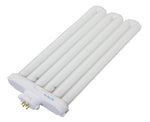
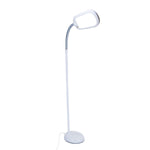

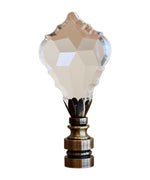

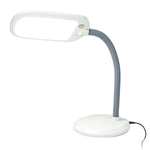




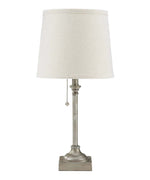


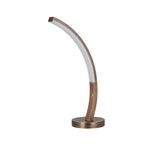
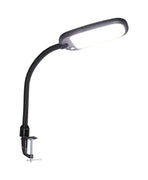


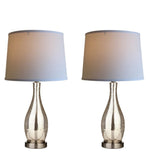
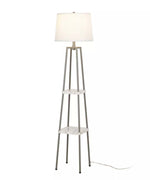










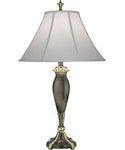
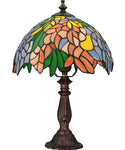
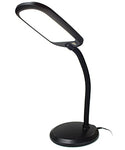
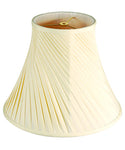

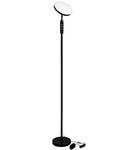
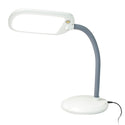
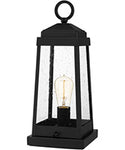
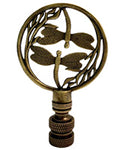
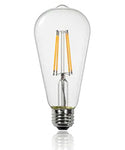
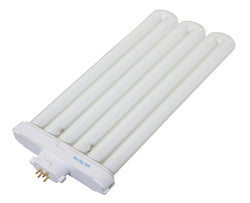

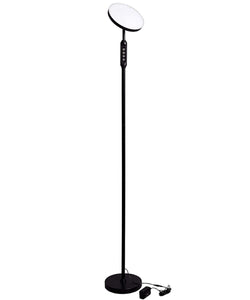
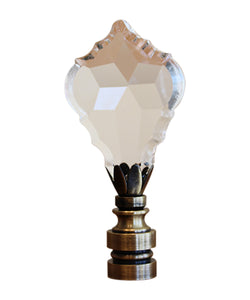
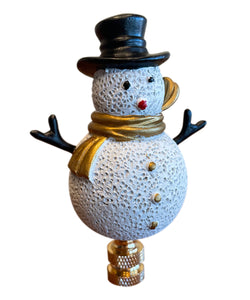

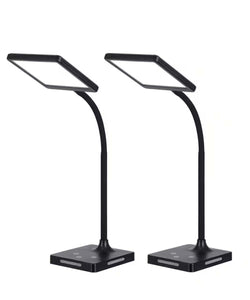

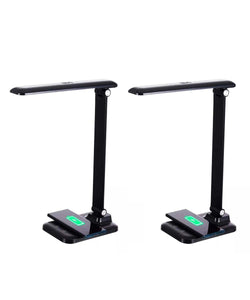


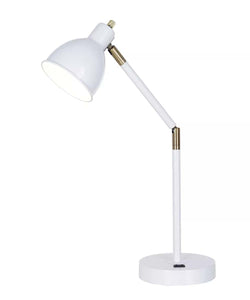
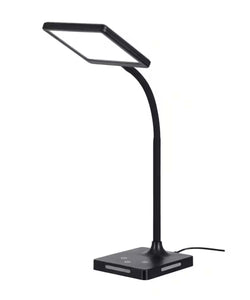

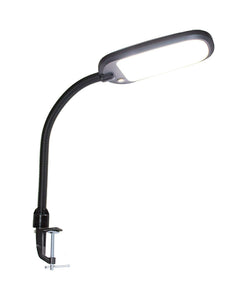





Comments